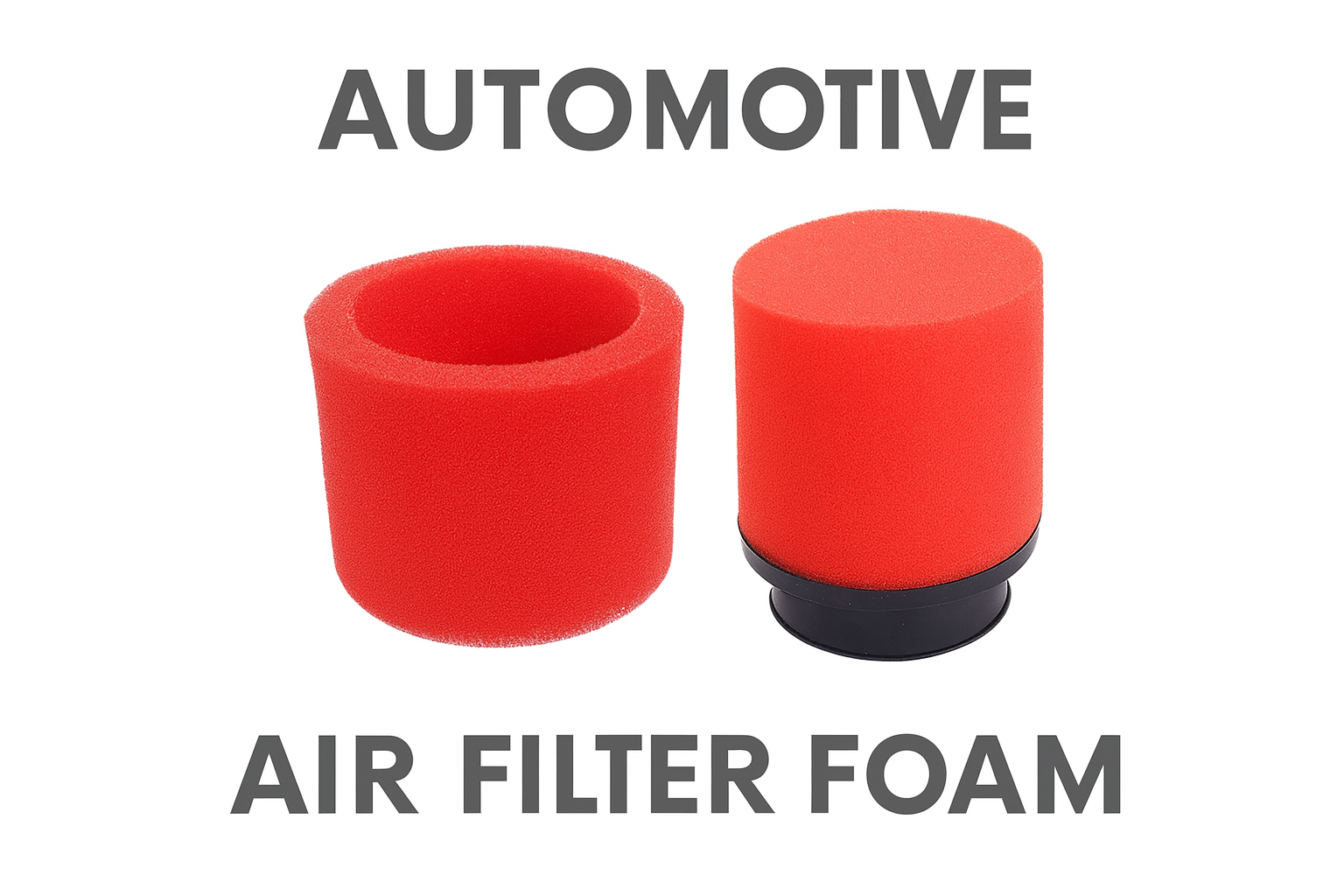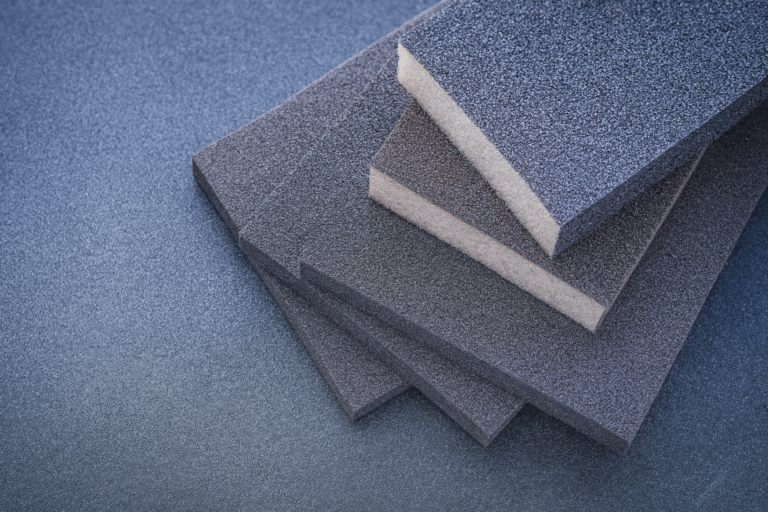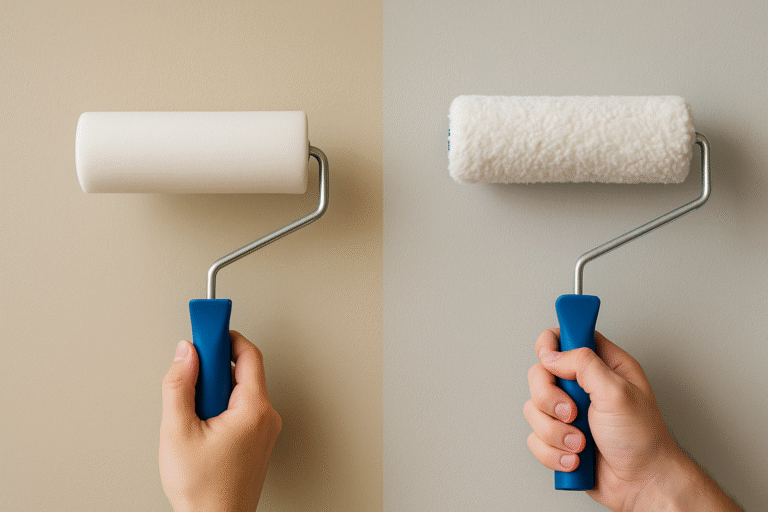This blog explains the importance of reticulated filter foam in modern filtration systems. Learn how it supports efficient air filtration in homes and industrial settings.
Reticulated filter foam is a vital material used in modern air filtration systems. Its open-cell structure makes it highly effective in trapping airborne particles while maintaining airflow.
From industrial equipment to household air filters, this foam ensures clean, breathable air by supporting efficient filter performance.
What Is Reticulated Filter Foam?
Reticulated filter foam is a type of porous foam with an open-cell structure.
Unlike closed-cell foams, reticulated foam has interconnected pores that allow air or liquids to pass through freely.
This unique structure makes it highly effective for air filtration applications. The foam acts as a physical barrier to dust, dirt, pollen, and other airborne contaminants.
How Reticulated Foam Enhances Air Filtration
The open-cell design of filtration foam increases its surface area. This allows it to trap a larger amount of particles without clogging quickly.
In household air filters, this means better filtration efficiency while maintaining good airflow. Proper airflow is important to avoid putting strain on HVAC systems or air purifiers.
Filter foam captures particles by trapping them inside its interconnected pores. This process helps prevent contaminants from circulating back into the air.
Because of this, foam contributes to cleaner indoor environments and healthier air quality.
Benefits of Using Reticulated Filter Foam in Household Air Filters
Using reticulated filter foam in household air filters offers several advantages:
- Improved air quality: The foam traps allergens, dust, pet dander, and other particles that can worsen respiratory conditions.
- Maintains airflow: Unlike dense materials that block air, reticulated foam allows air to pass smoothly, ensuring ventilation systems work efficiently.
- Durability: The foam can withstand cleaning without losing its filtering capability, making it reusable and cost-effective.
- Lightweight and flexible: This makes installation and replacement easy in different filter designs.
Because of these benefits, many home air purifiers and HVAC systems incorporate filtration foam for reliable performance.
Industrial and Commercial Applications
Beyond household use, reticulated filter foam is widely used in industrial air filtration systems.
Factories and commercial buildings require efficient filters to protect equipment and workers from harmful particles.
The foam’s ability to capture a broad range of particle sizes makes it ideal for these applications.
The reusability of filtration foam also makes it attractive in industrial settings. It reduces waste and replacement costs since the foam can be cleaned and reused multiple times.
This feature supports sustainable filtration practices in various industries.
Cleaning and Maintaining Filtration Foam
One of the strengths of filter foam is its ease of maintenance. Typically, the foam can be cleaned with water or a mild detergent to remove trapped particles.
After washing, the foam dries quickly and retains its structure and filtration properties.
Maintaining a clean air filter is crucial for optimal system performance.
Dirty or clogged filters reduce airflow, forcing systems to work harder and increasing energy consumption. Regular cleaning of filtration foam ensures longevity and keeps air quality high.
Choosing the Right Filter Foam
The effectiveness of filtration foam depends on the pore size and density. Smaller pores capture finer particles but may reduce airflow if it is too dense.
Reticulated foam balances these factors by providing adequate filtration without compromising air movement.
When selecting foam for household air filters or commercial systems, it is important to consider the specific filtration needs.
Factors such as particle size, airflow requirements, and environmental conditions affect which foam type will perform best.
Why Reticulated Foam Is Essential for Clean Air
Using reticulated filter foam in air filters directly contributes to cleaner air indoors.
It removes common pollutants that cause allergies and respiratory problems. In homes, this improves comfort and health for all occupants.
For industrial environments, foam helps meet air quality standards by filtering out hazardous substances.
Overall, filtration foam enhances the efficiency and reliability of air filtration devices.
Summing Up
Reticulated filter foam is essential for maintaining high-performance air filtration in both residential and industrial settings.
Its ability to capture particles without restricting airflow makes it the preferred material in modern household air filters and ventilation systems.
When paired with a well-designed setup, the right filtration foam can make all the difference in achieving a long-lasting and clean air filter.
As a foam manufacturer, Kare Foam specializes in manufacturing precision-cut, high-quality filter foam tailored for custom filtration needs.
Whether you’re designing air purifiers, HVAC systems, or industrial air filters, our reticulated filter foam delivers efficiency, consistency, and durability.
Looking for foam that fits your filter specifications with zero compromise on performance? Contact Kare Foam to request custom solutions built for your filtration goals.



